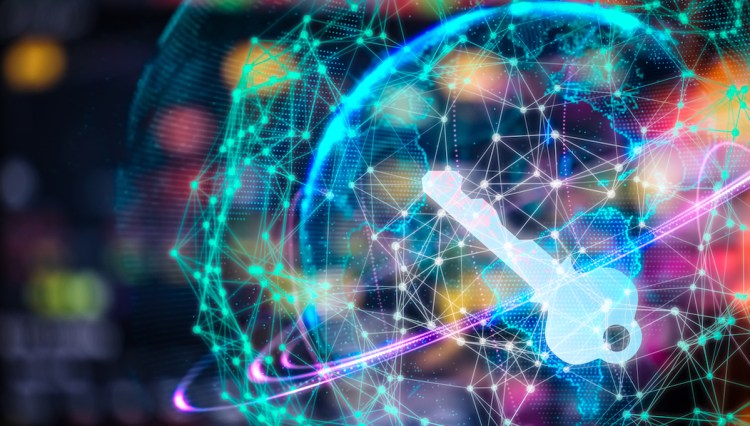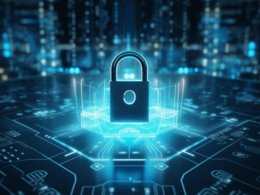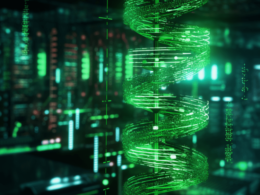The Changing Face of Cyberattacks
The global threat landscape has undergone significant changes in recent years. Despite the age-old techniques employed by cybercriminals, advancements in technology and a more complex digital environment have allowed them to execute attacks more effectively and frequently.
“Newer technologies, more resources and a scattered perimeter have given threat actors the ability to execute their attacks even more effectively and at even higher frequencies,” says Jake King, head of global threat intelligence and director of engineering at Elastic.
Recent high-profile breaches at government agencies and enterprises highlight the stakes involved. Confidential information about critical infrastructure falling into the wrong hands can have devastating security implications, while commercial operations may grind to a halt, leading to punishing financial blows.
“All it takes is one small security misstep for bad actors to exploit a vulnerability,” warns King.
A prime example is the cyberattacks experienced by MGM Resorts in 2023. Simple tactics combined with sophisticated techniques allowed cybercriminals to breach the company’s defenses, gain access to the corporate network, and extract sensitive information. Implementing compartmentalization and separation of duties, a time-tested best practice, could have mitigated the impact of this breach.
These incidents underscore the importance of organizations going back to security basics in order to navigate this evolving threat landscape.
The Growing Sophistication of Cybercriminals
Advancements in cybercriminal technology and business models have made fraudulent activity easier, cheaper, and more scalable, without sacrificing sophistication.
Commercial off-the-shelf (COTS) capabilities like Metasploit and Cobalt Strike, along with malware-as-a-service (MaaS) offerings, provide amateurs with pre-built tools that give them the ability to execute attacks beyond their skill level.
“The rise of generative AI enables threat actors to further scale, automate, and optimize their efforts for even greater impact and accuracy,” explains King.
In addition, hackers are adapting to the deployment of advanced threat detection techniques by using defense evasion as a tactic. Threats are no longer limited to endpoints and edge devices; they now extend into cloud infrastructures.
“Misconfigurations, lax access controls, and unsecured credentials all provide potential entry points for bad actors,” warns King.
The internationalization of cyberattacks means that adversaries can target organizations from anywhere in the world, highlighting the truly global nature of today’s cyber threats.
The Importance of Cybersecurity Basics
Given the evolving threat environment, organizations must prioritize cybersecurity basics as their first line of defense.
One fundamental principle is to focus strategy and efforts on what specifically impacts their vertical, tech stack, and region. By understanding the biggest threats to their business, organizations can make targeted investments in technologies and approaches that will provide effective protection.
Limiting the impact of cyberattacks can be achieved by controlling permissions and minimizing account privileges across the domain. Organizations should also move away from human-managed passwords and embrace multifactor authentication (MFA) to reduce the risk of credential access threats.
Furthermore, organizations should adopt a “secure by design” approach. Proactively setting up IT tools and processes that are automatically secure without requiring additional effort or steps for users can help prevent security missteps.
“These cybersecurity fundamentals might not be fun or sexy, but they are the foundation that every organization needs to put in place,” emphasizes King.
In conclusion, as the threat landscape continues to evolve, it is crucial for organizations to prioritize cybersecurity basics. By going back to the fundamentals, organizations can establish a strong defense against the increasingly sophisticated cyber threats they face.










